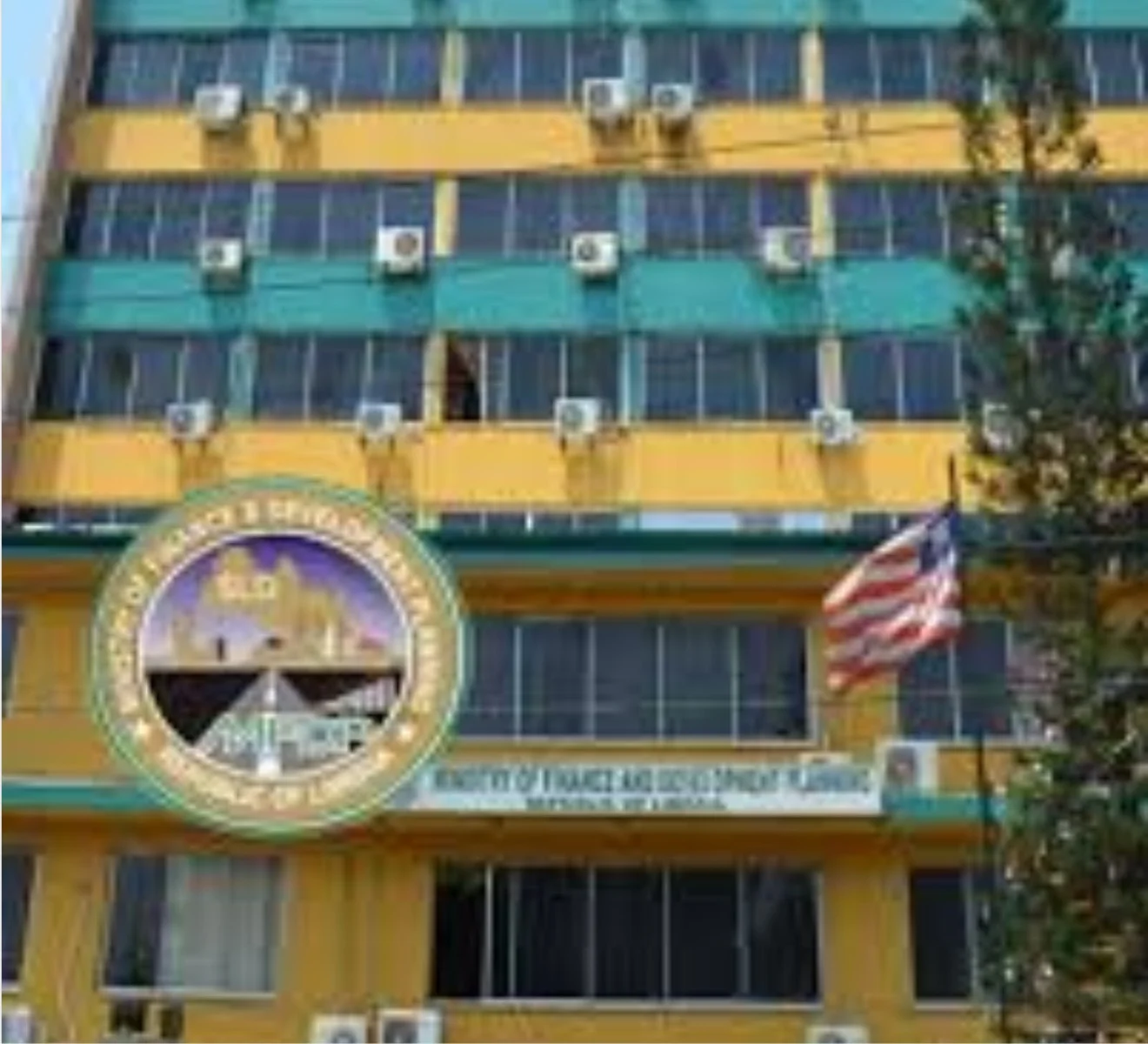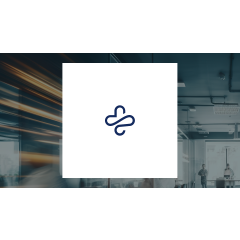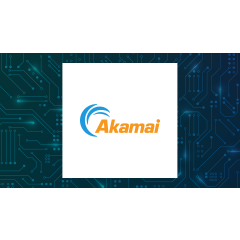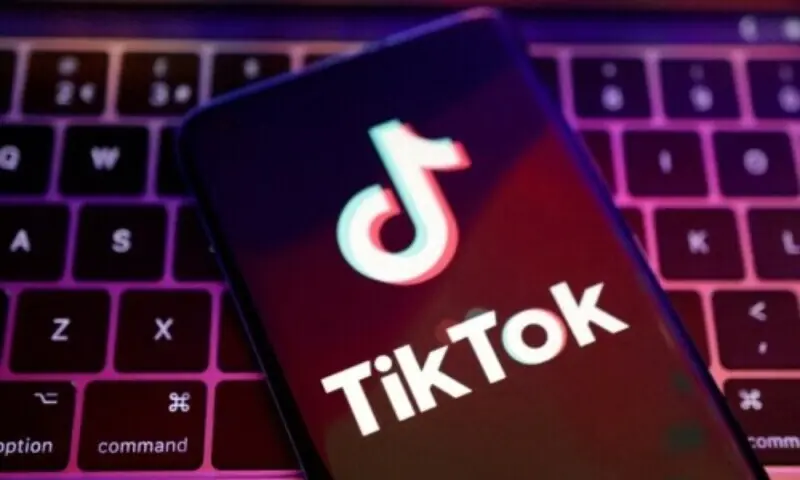By New Dawn
Copyright thenewdawnliberia

By Seltue Robert Karweaye Sr.
Liberia’s public debt has shown a steady increase in recent years, even following significant debt relief efforts that were implemented in 2010. According to the Consolidated Mid-Fiscal Year Review for FY2025, published by the Ministry of Finance and Development Planning (MFDP), as of June, Liberia’s total public debt has reached an alarming $2.69 billion, which translates to 58.9 percent of the country’s Gross Domestic Product (GDP). This reflects an increase of 4.95 percent since December 2024. The external component of the debt is significant, comprising $1.62 billion, while domestic obligations amount to $1.07 billion.
For many years, Liberia has found itself navigating the turbulent waters of economic uncertainty, often relying on borrowing as a lifeline to fill the vast chasms in its national budget. While this practice may provide momentary relief, it opens up an important opportunity for the nation to pivot towards a more sustainable economic framework by crafting a comprehensive and robust long-term revenue generation strategy.
To truly harness the benefits of borrowing, Liberia must engage in a thorough examination of its economic landscape. This involves meticulously analyzing key financial metrics, such as debt-to-GDP ratios, interest obligations, and the potential returns on investments financed by borrowed funds. By adopting transparent and data-driven fiscal policies, Liberia can effectively communicate the strategic rationale behind its borrowing decisions to both local stakeholders and the international community.
Moreover, focusing on initiatives that boost savings and curtail unnecessary expenditures is crucial for fostering a healthier economic environment. This might include developing a diversified tax system that captures revenue from various sectors, encouraging investment in critical industries, and creating a business-friendly climate that attracts both domestic and foreign investors. Such efforts are essential for cultivating a resilient and thriving economy.
Borrowing as a necessary tool
In the face of a substantial budget deficit over the years, borrowing has become an indispensable tool for the Liberian government. The 2025 Government of Liberia budget dramatically underscores this pressing need, revealing a staggering deficit of US$17.8 million—an amount that constitutes 2 percent of the total budget. This heavy reliance on borrowed funds can entrap us in a problematic cycle: as we borrow to support our existing levels of public spending, a considerable portion of our future revenue is inevitably earmarked for debt servicing. This situation limits our capacity to allocate resources toward essential investments in infrastructure, education, food security and healthcare that could significantly enhance the nation’s growth potential.
Nonetheless, it is crucial to recognize that borrowing should not be merely perceived as a temporary fix to immediate financial challenges; rather, it can serve as a strategic instrument for catalyzing economic growth and constructing the necessary infrastructure that will ultimately generate revenue in the long run. As the International Monetary Fund (IMF) asserts, when borrowing is approached with prudence and strategic foresight, it can fund transformative projects that improve economic productivity, create jobs, and stimulate innovation.
Short term borrowing benefits
In the short term, borrowing can play a vital role in helping the government maintain fiscal stability and address pressing financial obligations. This approach ensures that salaries are paid, public services remain operational, and critical infrastructure projects continue to advance. By injecting immediate funds into the economy, the government can foster public confidence and enhance economic stability.
For instance, the Central Bank of Liberia (CBL) has taken commendable steps by implementing a market-determined exchange rate aimed at stabilizing the Liberian dollar and boosting investor confidence. While this policy is promising, it does require adequate financial resources to cushion any short-term economic shocks.
Although the implementation of this policy has faced challenges, it presents an opportunity for improvement. In 2025, the Liberia Institute for Statistics and Geo-Information Services (LISGIS) reported a year-on-year inflation rate of 9.9%, influenced by exchange rate depreciation and rising import prices. The fluctuation of the Liberian dollar between LD 176 and LD 182 highlights the ongoing struggle for many Liberians to reach a sustainable economic equilibrium. The vulnerable populations call out for food assistance, and while government spending has increased, it is clear that further support is needed to alleviate their hardships.
Borrowing at favorable terms can be a pragmatic solution, as it can be more cost-effective than allowing essential services to collapse or halting key infrastructure initiatives. The focus should be on wisely directing borrowed funds toward productive investments that can ignite economic growth and generate future revenues. Although we have yet to see the full benefits of borrowing materialize, this presents an opportunity for the government to reassess its strategies and enhance the allocation of resources.
By strategically investing borrowed capital, we can create a multiplier effect, stimulating economic activity and ultimately increasing government revenue. With thoughtful direction and clear intent, we can ensure that borrowing serves as a tool for positive change and sustainable development in Liberia.
Long-Term Strategy for Revenue Growth
While borrowing may seem like a necessary short-term solution, it is far from sustainable in the long run. To truly fortify our national budget, expanding revenue must be our top priority. Currently, Liberia’s debt servicing obligations consume a staggering portion of government revenue, severely limiting our capacity to invest in essential services and development projects. The 2024 Joint World Bank-IMF Debt Sustainability Report—released in September 2024—reveals that total debt service in 2023 reached US$254.4 million, with approximately 30 percent being external. According to the report, with the recent expansion of domestic debt, the share of domestic debt service in total debt service rose to about 70 percent in 2023. This deeply concerning figure underscores the urgent need for change.
To effectively address this challenge, the Liberian government must pivot toward diversifying its revenue sources. Our heavy dependence on rubber, which constitutes 65 percent of total exports, along with diamonds, gold, and iron ore—amounting to 17 percent—leaves us dangerously exposed to global market fluctuations. The recent volatility in the prices of these key exports highlights the critical importance of establishing a more resilient revenue base.
We must develop strategies that do not solely rely on rubber, diamonds, gold, or iron ore to bolster our economy. Achieving this vision will necessitate focused efforts to enhance tax collection and implement innovative revenue-generation initiatives. For example, embracing cutting-edge digital tracking systems to combat the theft of our natural resources and improve transparency in the extractive industry has the potential to significantly elevate government revenue.
Maximizing Tax Efficiency
To maximize government revenue, enhancing tax efficiency is essential for Liberia’s economic development. Currently, Liberia’s tax-to-GDP ratio ranks among the lowest in the world, underscoring a significant opportunity for reform and growth.
Strengthening tax administration involves improving the capabilities and resources of tax collection agencies to reduce inefficiencies and streamline processes. This can include investing in technology and training to ensure that staff are well-equipped to handle collections effectively and transparently.
Expanding the tax base is equally critical. By identifying and integrating previously untaxed sectors of the economy—such as informal businesses and certain service industries—Liberia can capture revenue that has previously gone unregistered.
Additionally, rigorous measures to combat tax evasion, such as implementing stricter penalties for non-compliance and increasing audits and investigations, can further enhance collection efforts.
Moreover, introducing progressive tax policies that require higher-income individuals and profitable corporations to pay their fair share can create a more equitable system. Such policies ensure that those with greater financial capability contribute proportionately more, thereby generating additional revenue without unfairly burdening lower-income citizens.
Overall, a comprehensive approach to tax efficiency not only fosters economic growth and stability but also promotes social equity, providing necessary funding for essential public services that benefit all Liberians.
Promoting Economic Diversification
In order to secure long-term fiscal stability, it is essential for Liberia to diversify its economy beyond its primary commodities: rubber, diamonds, gold, and iron ore. By strategically investing in sectors such as agriculture, technology, tourism, and manufacturing, the country can develop new revenue streams and lessen its reliance on traditional resources that are vulnerable to market fluctuations. To ensure the sustainability of these initiatives, it is crucial to minimize insecurity and establish a stable environment for economic activity.
The government must take proactive steps to create an enabling environment that promotes private sector investment and fosters innovation across these diverse sectors. This includes significant improvements in infrastructure, where reliable transportation and energy services can facilitate business operations, and enhancing the ease of doing business by streamlining regulations and reducing bureaucratic obstacles. Additionally, offering targeted incentives for industries with high growth potential—such as tax breaks or grants for startups and small enterprises—can drive job creation and economic dynamism.
Liberia can no longer afford to rely on borrowing as a primary solution to its fiscal challenges or to finance infrastructure development exclusively. This unsustainable dependency must be addressed and curtailed. The true path to prosperity lies in expanding revenue sources, closing financial loopholes, and establishing a robust business climate that attracts both local and foreign investment. Only by doing so can Liberia hope to build a future that rests on its own economic strengths rather than on borrowed time.
The road to a revitalized economy is long and complex, requiring a dual commitment to implementing prudent fiscal policies while enhancing transparency at all levels of government. Strategic investments in education and healthcare are paramount to developing a skilled workforce that can meet the demands of an evolving labor market.
Furthermore, fostering a culture of entrepreneurship by empowering small and medium-sized enterprises will lead to greater economic resilience. Responsibly leveraging Liberia’s rich natural resources, while ensuring environmental sustainability, will also play a critical role in this transformation.
Strengthening governance mechanisms, tackling corruption effectively, and actively engaging with the global community will augment Liberia’s ability to build resilience and self-reliance.
Now is the time for bold and decisive action. Together, let us strive to transform Liberia into a beacon of prosperity—a resilient nation firmly grounded on its own foundations, providing for the well-being and prosperity of all its citizens. I rest my pen.



